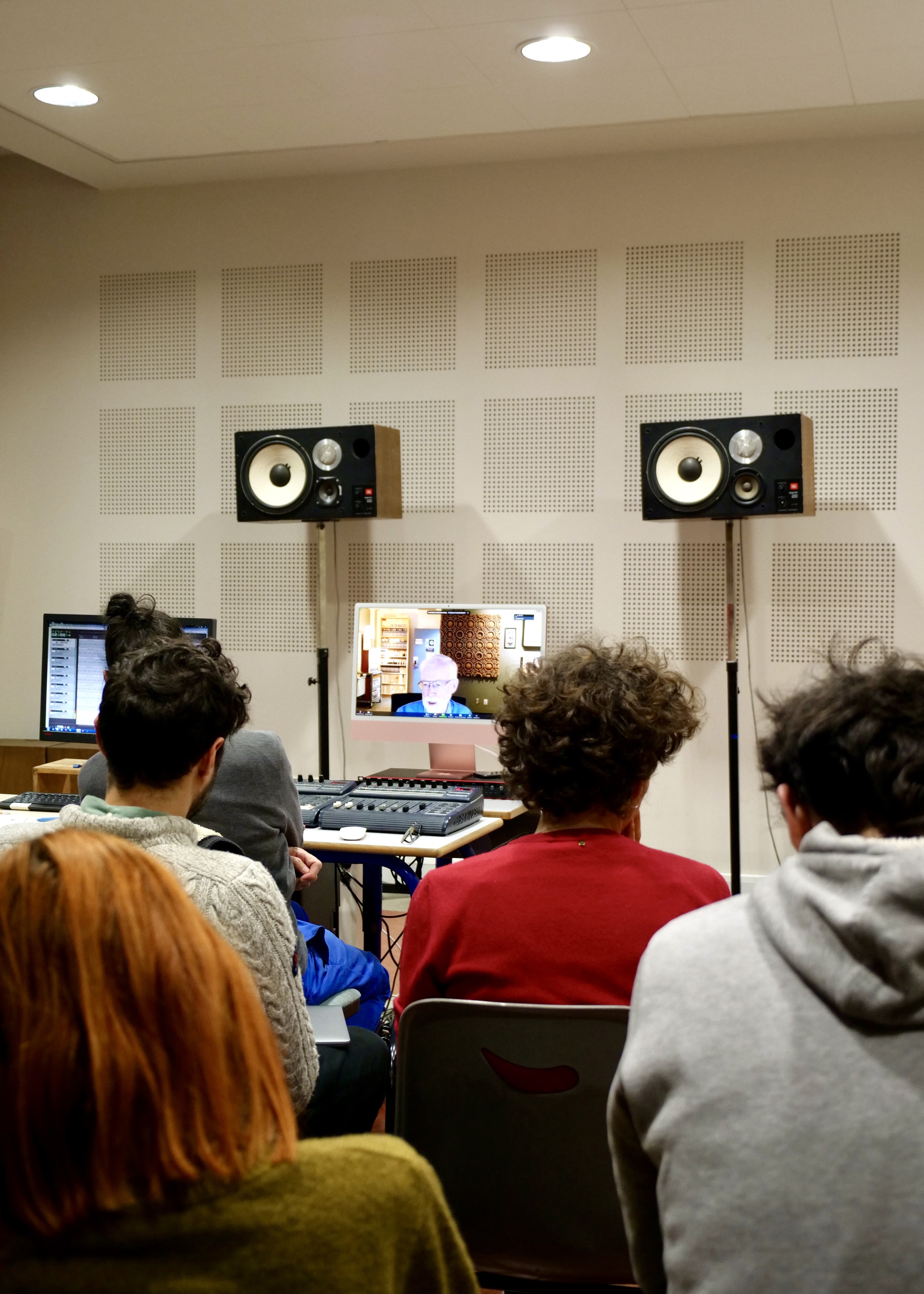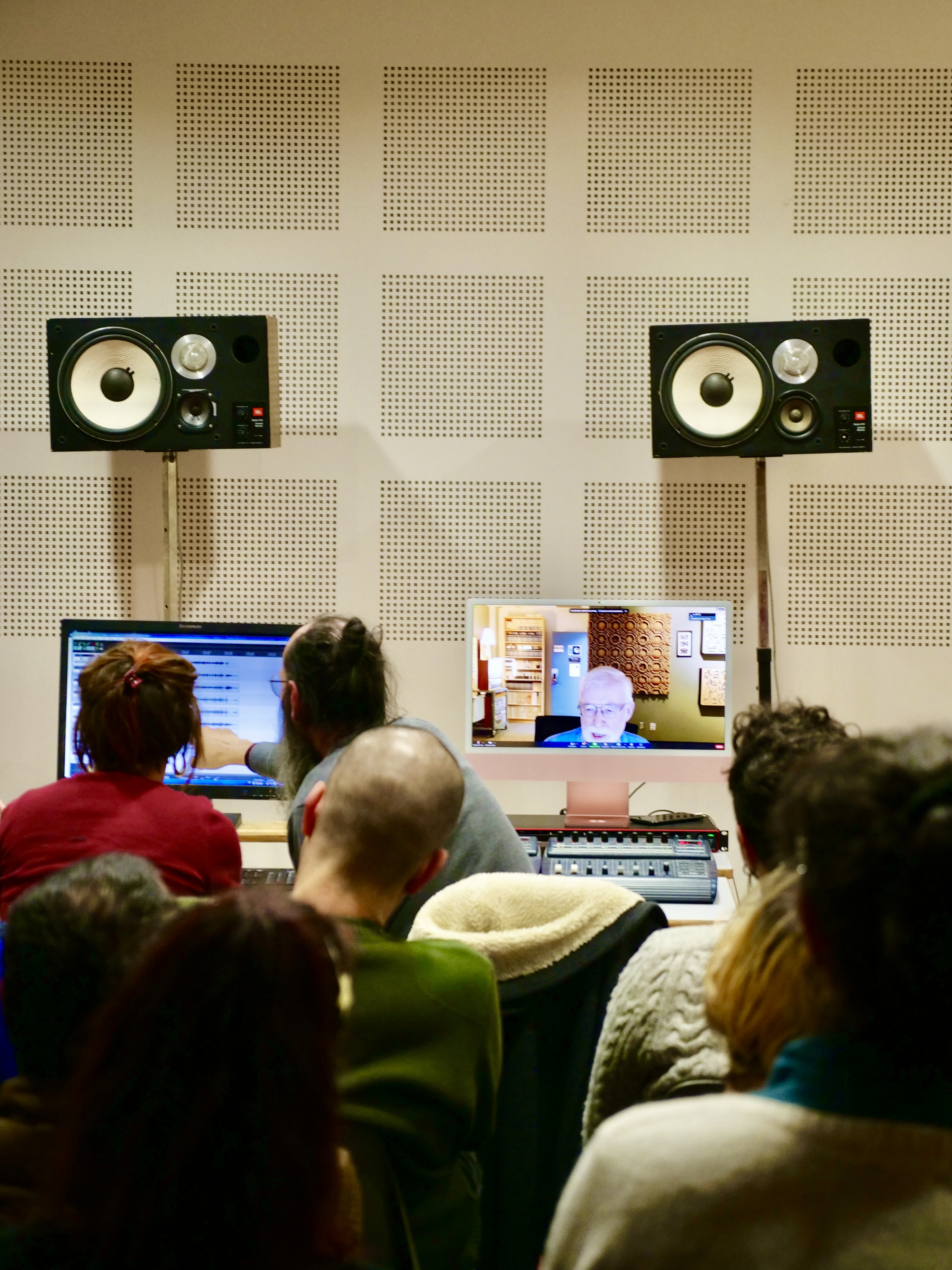Soundscape composition, as pioneered by Simon Fraser University's World Soundscape Project, has become a relatively well-defined genre, combining the artistic and the social, and often characterized as intimately tied to place. While this may be true in many cases, it can also be understood as a range of approaches within an even broader concept, namely "context-based composition." One of the goals of this seminar/lab is to provide not only an overview of historical and contemporary examples of this approach and concept, but also to think more seriously about how it can be defined, what its implications and possibilities are, and what emerging practices seem most fruitful. Particular attention will be paid to multichannel reproduction techniques, environmental sound processing and composition.
Context-based practice can, among other approaches, range from sonifications, phonographic uses of field recordings, to site-specific installations, and abstract compositions of soundscapes based on real or even virtual, imagined spaces.
Collaboration
Simon Fraser University
Barry Truax
Composer
He is credited with developing the first ever implementation of real-time granular synthesis in 1986, being the first composer to explore the range between synchronous and asynchronous granular synthesis in Riverrun (1986), and being the first to use a sample as the source of a granular composition in Wings of Nike (1987).
Conservatoire à Rayonnement Régional Pierre Barbizet
2, place Auguste et François Carli13001
Marseille
Barry Truax
composer, speaker
Jean-Luc Gergonne
speaker



